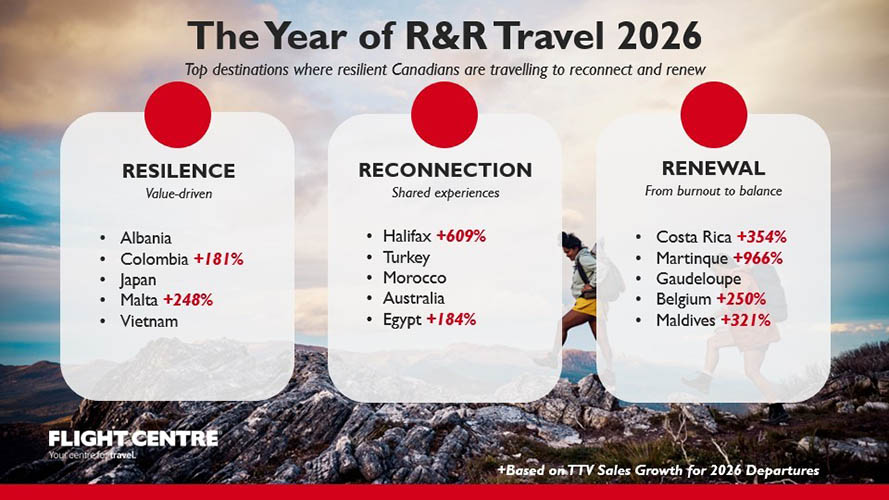Having a baby around for the first time can be highly exciting. Their tiny fingers and toes are simply adorable. But it can be terrifying to know whether you are feeding them enough, if they are still hungry, or if you are feeding them too much. As a general rule, each baby is different.
They develop at slightly different rates to one another, so will have slightly different requirements. This is a look into how you can create a bottle feeding schedule that works for you and your baby, and how you can tell if they are hungry. For more information about formula and bottle feeding, check out https://sellformula.com/.
How Often To Feed Your Baby
It is common to feel like you are not feeding your baby frequently enough, or too frequently. The time that your baby can spend between feeds varies depending on their age throughout their first year.
From newborn to around two months old, you should aim to feed your baby every 3-4 hours when using formula. However, this can be between eight and twelve times during a regular day. Once your baby reaches two months old, you should be able to feed them five or six times a day with the bottle. During this time, your baby should be fed around every 3-4 hours.
After they have hit four months old, you can change your baby’s feeding schedule again. They should still be fed around every 3-4 hours, but can be introduced to some cereals. Around this time, your baby should have a bottle between five and seven times a day.
Once your baby reaches six months old, they can be exposed to a larger selection of foods. These include vegetables, some beans, and certain meats. As a result, you can cut down their bottle feeding to 4-6 a day, and around every four hours.
Nine-month-olds can be exposed to even more foods during their regular feeding time. These include certain dairy products like yogurt and cheese. You can still bottle-feed your baby every four hours, and aim for around 4-6 feeds a day, depending on their demands and behavior.
How Much To Give Them
Similarly, a common concern is that you are not feeding your baby the correct amount. Newborns should be given around 2-3 ounces of formula for the first month. Then, they can have around 4 ounces each feed after this. 2-4 month old infants can be given 4-6 ounces of formula, and 4-6 month olds can have 4-8 ounces each time you feed them.
This then increases to around 6-8 ounces once they are 6-9 months old, and the same amount of formula until their first birthday. However, the amount of formula that you feel comfortable giving to your baby will vary depending on other foods that they enjoy eating.
Check Their Hunger Cues
Something that is frequently overlooked is the fact that most babies will initiate hunger cues. These are innate behaviors and responses that they can do to indicate that they need to be fed formula. You can adjust your schedule in accordance to this, but it is likely that your baby will adapt to the set feeding times gradually.
Look out for smacking their lips together, putting their hand into their mouth, and excessive fussing during your baby’s first few months. These can be useful hunger cues that mean they want more formula or to be fed more frequently.
As we’ve previously mentioned, every baby develops slightly differently. This means that they may want more formula than you expect based on their age. Because of this, it is important to check for your baby’s hunger cues.
Find A Schedule That Suits You And Your Baby
Although the first several months of feeding your baby should be taken seriously, you will find that they can last longer between feeds as they get bigger. This allows a little flexibility in terms of creating a feeding schedule. Make sure you find something that works for you as well as your baby in order to create a regular schedule over time.
Summary
There are a range of factors that can impact a baby’s growth patterns and stages of development during their first year. Because of this, it is worth remembering that some babies will want more formula than others. Each baby is different, and it is perfectly natural for there to be some variation with your bottle feeding schedule.
































